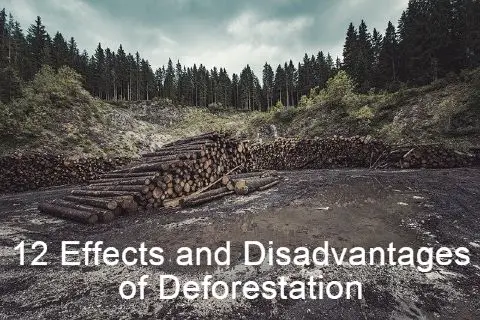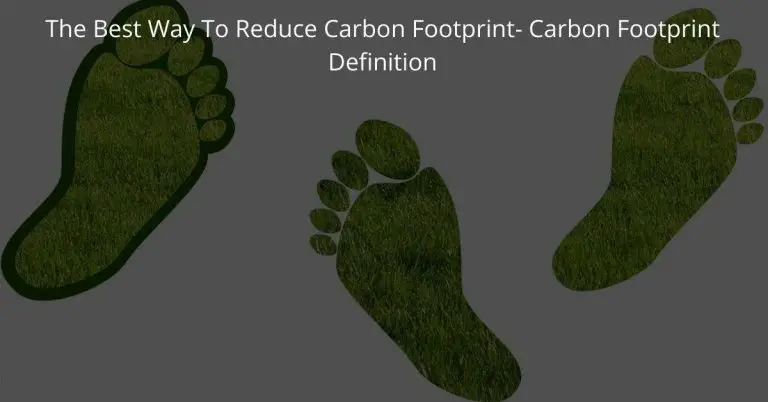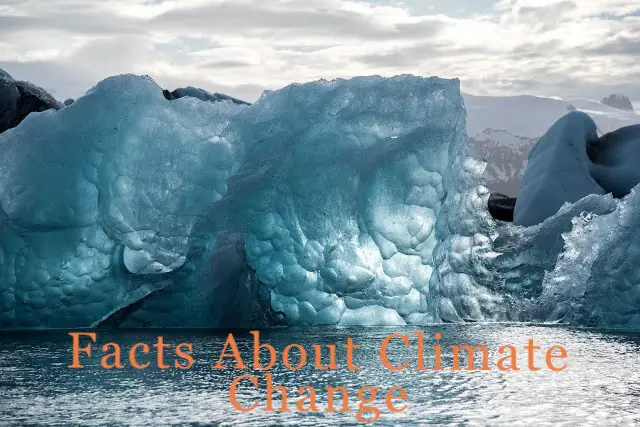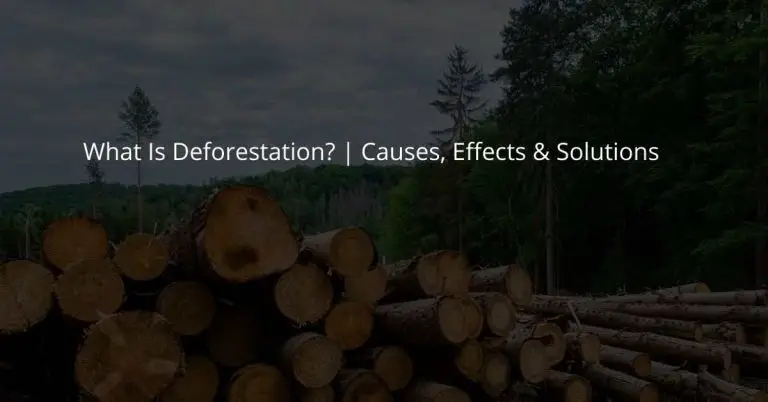5 Ways To Learn Effects Of Soil Pollution Effectively.
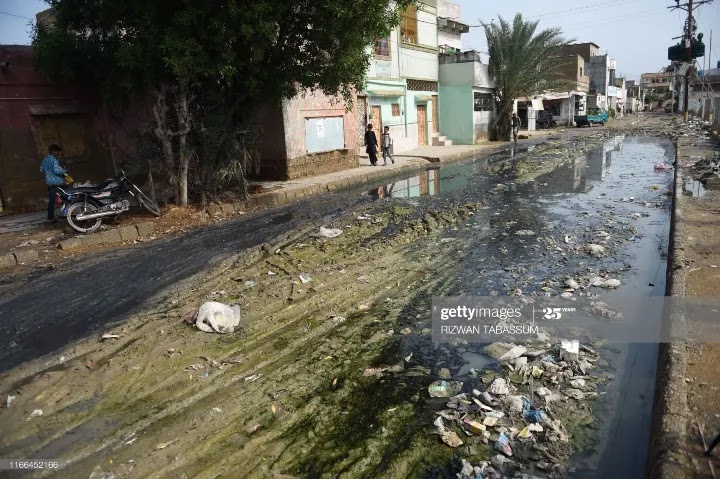
Undesirable changes or variations in physical, biological, or chemical properties through the nature of the soil that negatively affect organisms or plants are called soil pollution. This greatly damages the natural quality and usefulness of the soil.
The degradation of soil quality means rapid erosion of the soil by the action of the wind or water, depletion of the microorganisms that inhabit the soil, temperature fluctuations beyond the normal limits and temperature drop or increase in humidity, absence of mold on the floor. And an excessive increase in the number of contaminants in the soil.
Natural sources of soil pollution include volcanic eruptions, landslides, and rainfall, while human causes include industrial waste, urban waste, excessive mining, and careless use of chemicals and pesticides in agriculture.
Importance of the soil
Soil is the main and valuable asset obtained through nature. We need to know what soil is and its importance. Soil is also called land. It is a natural resource of the earth. Wind and water need soil as well as soil to grow tree plants.
Soil is a gift from God for the life of humans and animals for whom it is a source of water, energy, and, food. It is the food source for all people, living things on earth and vegetation.
If the soil is healthy and free from pollution, then all the vegetation, fruits, and vegetables produced by its uterus will also be clean. If we irrigate vegetables and fruits using polluted water of factories, gutters, and acid rain due to pollution, the consequences will be harmful to our health. In this way, land pollution, directly and indirectly, affects humans, fauna, and flora.
Effects Of Soil Pollution
The effects of soil contamination are multifaceted. On the one hand, it pollutes the environment, on the other hand, it affects human health. Below are some of the effects of soil pollution:
1.Effects of soil contamination on soil fertility.
Soil pollution negatively affects the lives of humans, plants, and animals. Due to the overuse of chemical fertilizers, pesticides, and bacteria due to floodwaters and excessive use of land due to the multi-cropping method, soils are so deformed that they lose their structure and essential elements to maintain their fertility.
Side effects of soil pollution include severe deficiencies in calcium, methane, nitrogen, sulfur, iron, copper, nitrogen, potassium, and phosphorous in the soil, destruction of some useful plants and organisms that give soil moisture, poisonous grains, vegetables, and fruits. Human health problems and alkalinity in the soil are included.
Soil contamination reduces the yield of crops and plants. This causes the loss of soil and natural nutrients that lead to the loss of crop production. The Green Revolution or ‘chemical agriculture’ adopted to improve yield is permanently ruining the soil rather than increasing its fertility.
Soil pollution is affecting the physical and chemical properties of the soil. Solid waste is usually buried underground. This leads to the loss of non-renewable metals such as copper, zinc, lead, etc. and negatively affects the production capacity of the soil.
People sometimes irrigate the fields with sewer water. This reduces the number of holes present in the ground from day today. Later a situation arises in which the earth’s natural wastewater treatment system is completely destroyed. When the earth reaches such a condition, it is called diseased land.
2.Effect on animal and human health.
Soil is an important and vibrant entity in our ecosystem. A gram of fertile soil contains around 100 million bacteria and fungi equivalent to 500 meters. In addition, the soil system is also a refuge for thousands of other types of algae cells, viruses, arthropods, and other organisms such as earthworms.
The use of chemicals, pesticides, and toxins to increase the nutritional strength of the soil adversely affects the health of animals and humans during the diet cycle.
Due to excess residue and dirt in the soil, the number of growing insects is increasing. As a result, the production of mosquitoes, flies, insects, rats, scorpions, and snakes is increasing, causing diseases like dysentery, cholera, gastroenteritis, typhoid fever, liver disease, jaundice, etc.
3.Effect on water sources.
When the amount of contaminated substances increases in the soil, they reach the water sources and increase the concentration of salts and other harmful substances in them, which results in the fact that these water sources cannot provide drinking water. Water contaminated with high-level nitrogen and phosphorous is stored in the waterway. As a result, aquatic plants die due to lack of oxygen.
4.Soil erosion outbreak
Regular new construction and deforestation on fertile lands have accelerated the process of flooding and soil erosion. Erosion is responsible for soil contamination. It takes 100 to 500 years to manufacture up to 10 cm of topsoil. Soil destruction is limited and property damage occurs without renewal.
The population in India is growing faster than our resources, so we need more harvest yield. Due to the indiscriminate use of chemical fertilizers in the fields, the contamination of the land is increasing due to the lack of time difference in the production of two crops. In addition to this, continued tree erosion is also a major cause of soil contamination and environmental imbalance. Soil erosion is also causing frequent floods and droughts.
5.Electronic waste problem
Today, another pollutant that has been felt in the world is electronic waste. Electronic devices are now part of modern lifestyles.
Previously, waste was generally generated from newspapers, old clothes, iron, etc. But now electronic CDs from old CDs, televisions, ovens, refrigerators, laptops, keyboards, mice, capacitors, microchips, computers, electronic toys, and many plastic items. Trash is done.
We don’t even know that our kidneys and liver are affected by harmful chemicals emitted by electronic devices and this also increases diseases like cancer and paralysis.
This electronic waste affects the soil, water, and air with diseases. With toxic chemicals and gaseous structures, the earth becomes arid and poisonous, and food grown in poisonous water through vegetables, fruits, and crops reaches our bodies through the air and makes us sick.
According to Global E-Waste Monitoring-2014, a UN report published in April 2015 placed India at number five in the world in terms of e-waste distribution. This report indicates that the spread of waste by electronic equipment is likely to increase by 20% in the next three years.
Globally, between 4 and 18 million tons of electronic waste were produced in 2014, and Asia has the largest amount of electronic waste in the world. It is estimated that by 2018 it will increase to 50 million tons. Green computing is necessary for this solution, that is, the proper disposal of these electronic devices. Today these devices are becoming a challenge for the environment.
The disposal of electronic waste is, in fact, the biggest problem. Therefore, we should promote green computing through the use of computers and related resources. It has several advantages: it can reduce global warming and electricity bills. If a computer runs on average for 24 hours, its average annual bill would be Rs 6,000 to Rs 8,500 and the carbon dioxide released is approximately 680 kg, which then dissolves in the environment.
If the computer is turned off at night, the amount of carbon dioxide will be around 340 kg, that is, half of the electricity bill. Less pollution will also reduce disease, saving the cost of medications and can reduce the increasing risks to life.
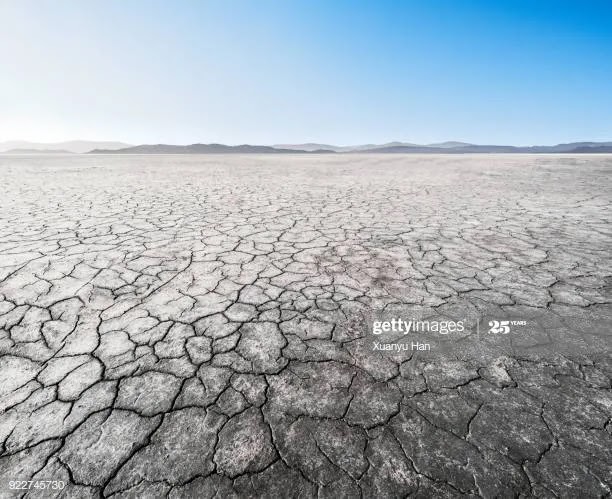
The conclusion
Soil pollution negatively affects soil quality and fertility derived from human and natural sources. If the fundamental properties of the soil decrease, then its production capacity decreases. The growth of crops and vegetation slows and fertile land becomes barren and rugged land.
What is produced on the earth is not edible due to contamination? Whether the Pollution is in the air or in the water, its effect is felt in the soil of that area. December 5, which is also the king’s birthday, is celebrated as “World Soil Day” in relation to promoting earth science and conserving earth’s resources, created by the King of Thailand.
The Food and Agriculture Organization of the United Nations (FAO) recognizes the importance of soil as an important component of the natural system and as an important contribution to the well-being of human, animal, and plant life.
Today there is a need to commit as “Going Green” to control the increasing pollution of the earth. The soil is the farmer’s gold. If its quality decreases, the Indian economy and our food will have the same adverse effect.
Agriculture cannot be the basis of a country’s economy without healthy soil. This means that if we think about doing something, increasing food production, first of all, we should see the effect on farmers and poor people, that is, if they will benefit or not. It is also necessary to manage and eliminate liquid and solid waste from factories.
Together we must reduce e-waste, encourage tree planting, control the factors that increase land pollution, and prevent the discharge of channels into the river, which is humanity’s lifeline.


